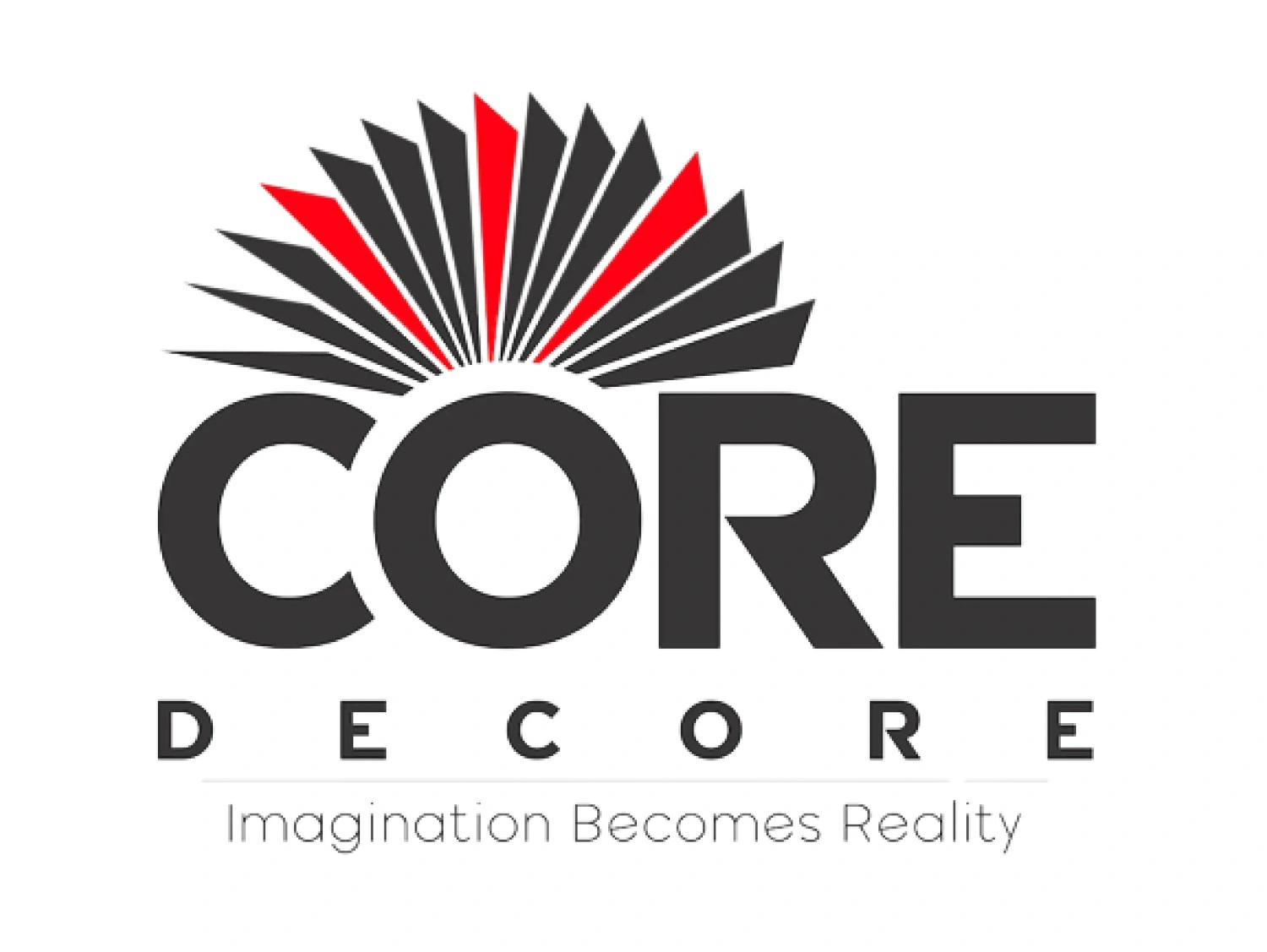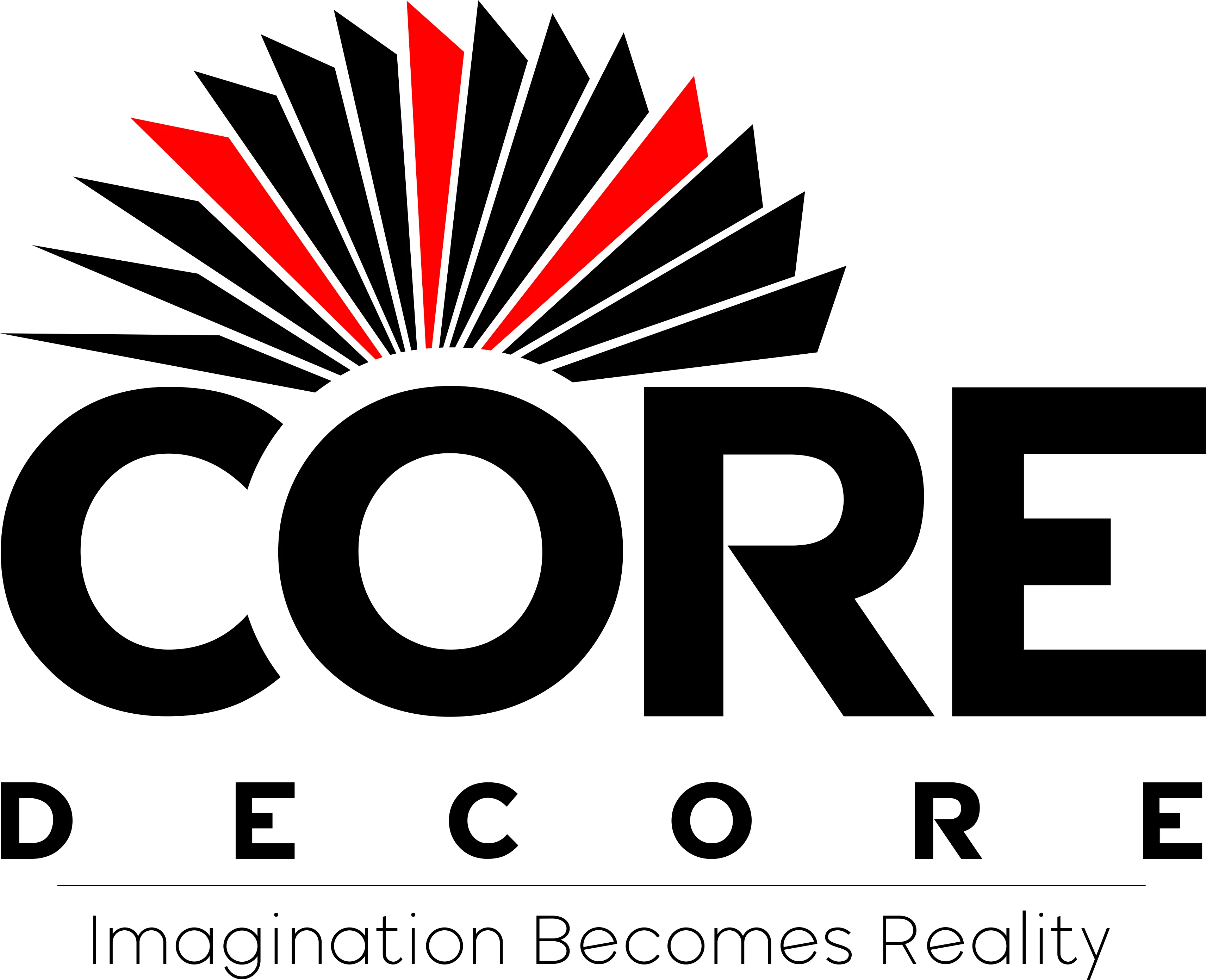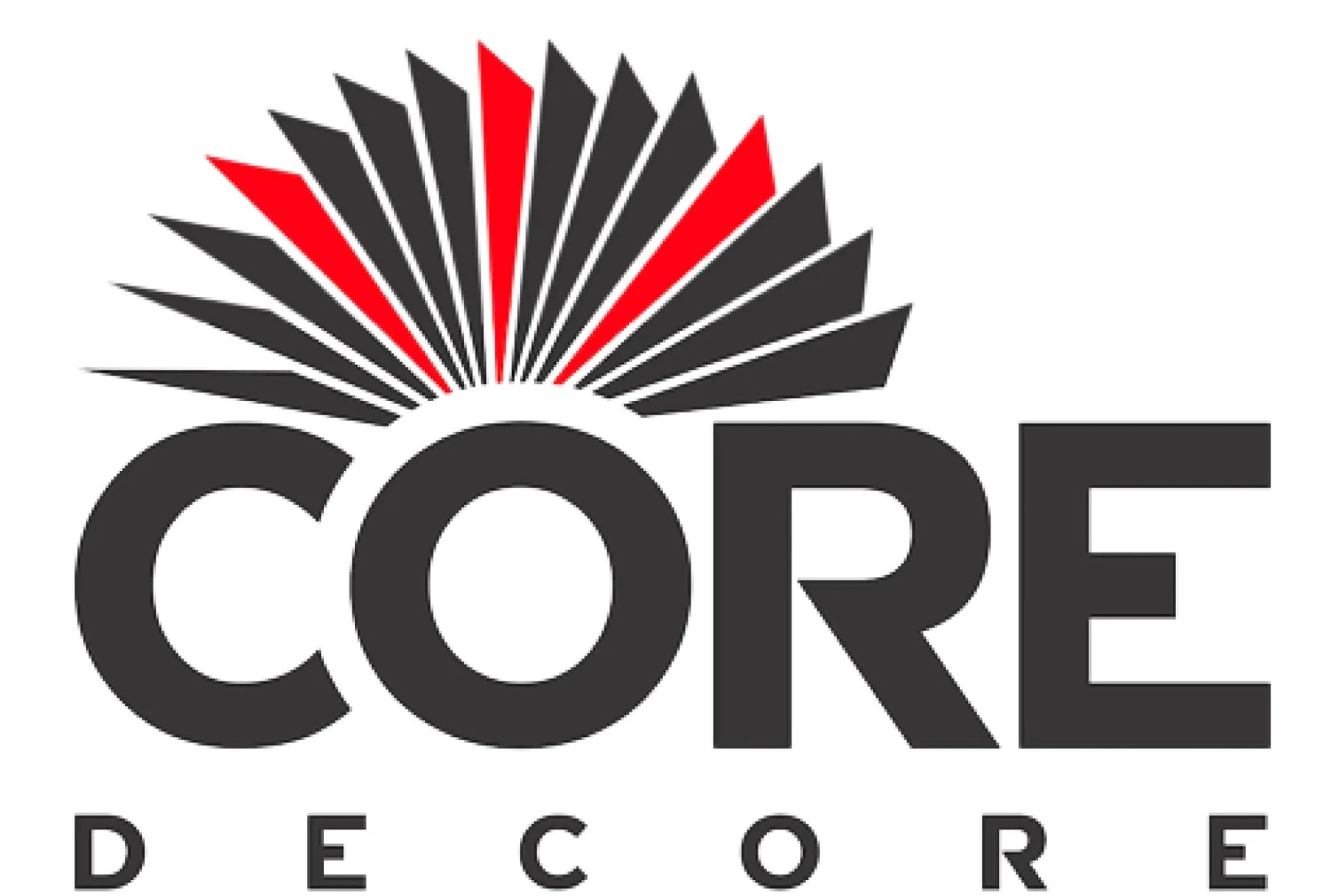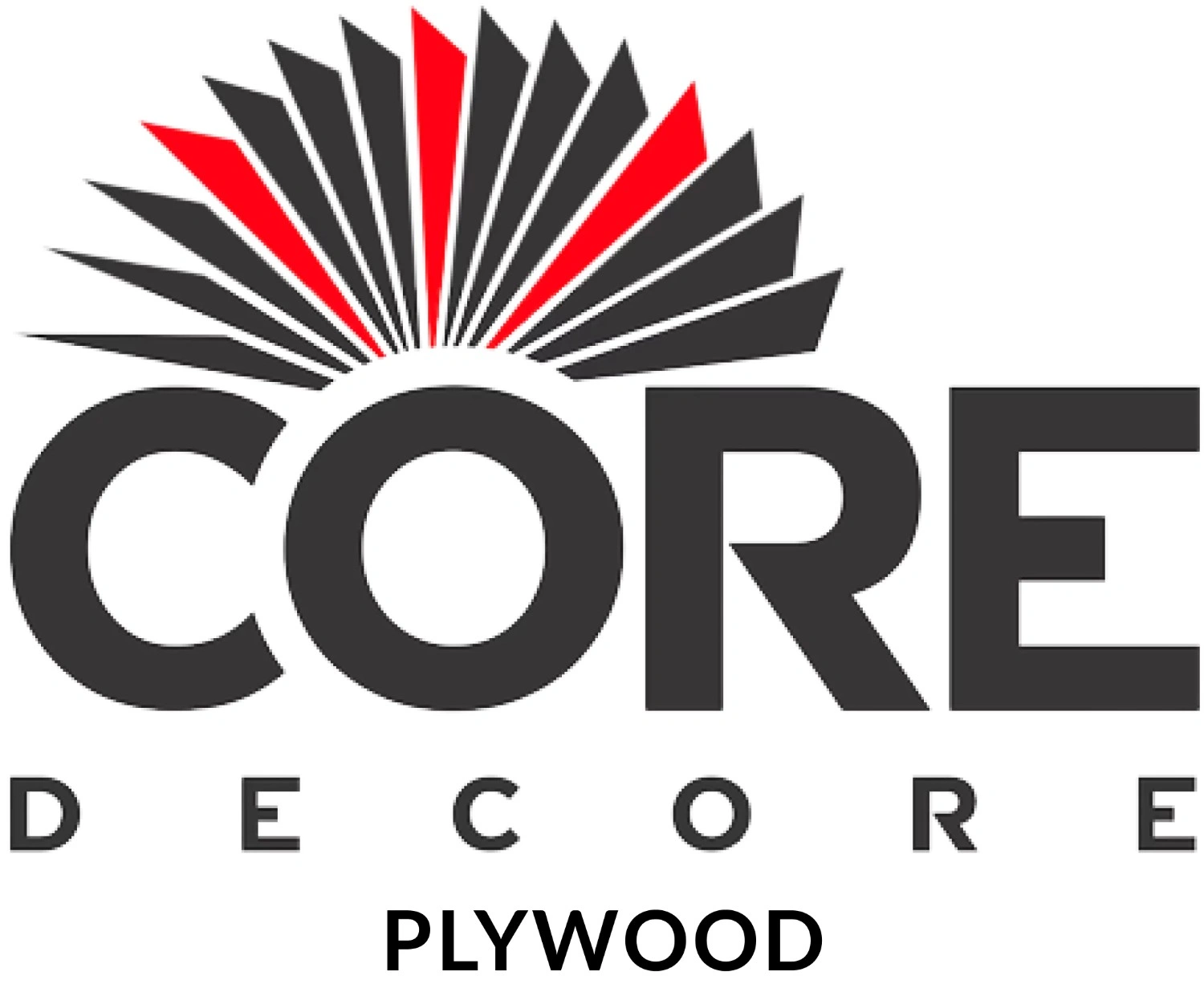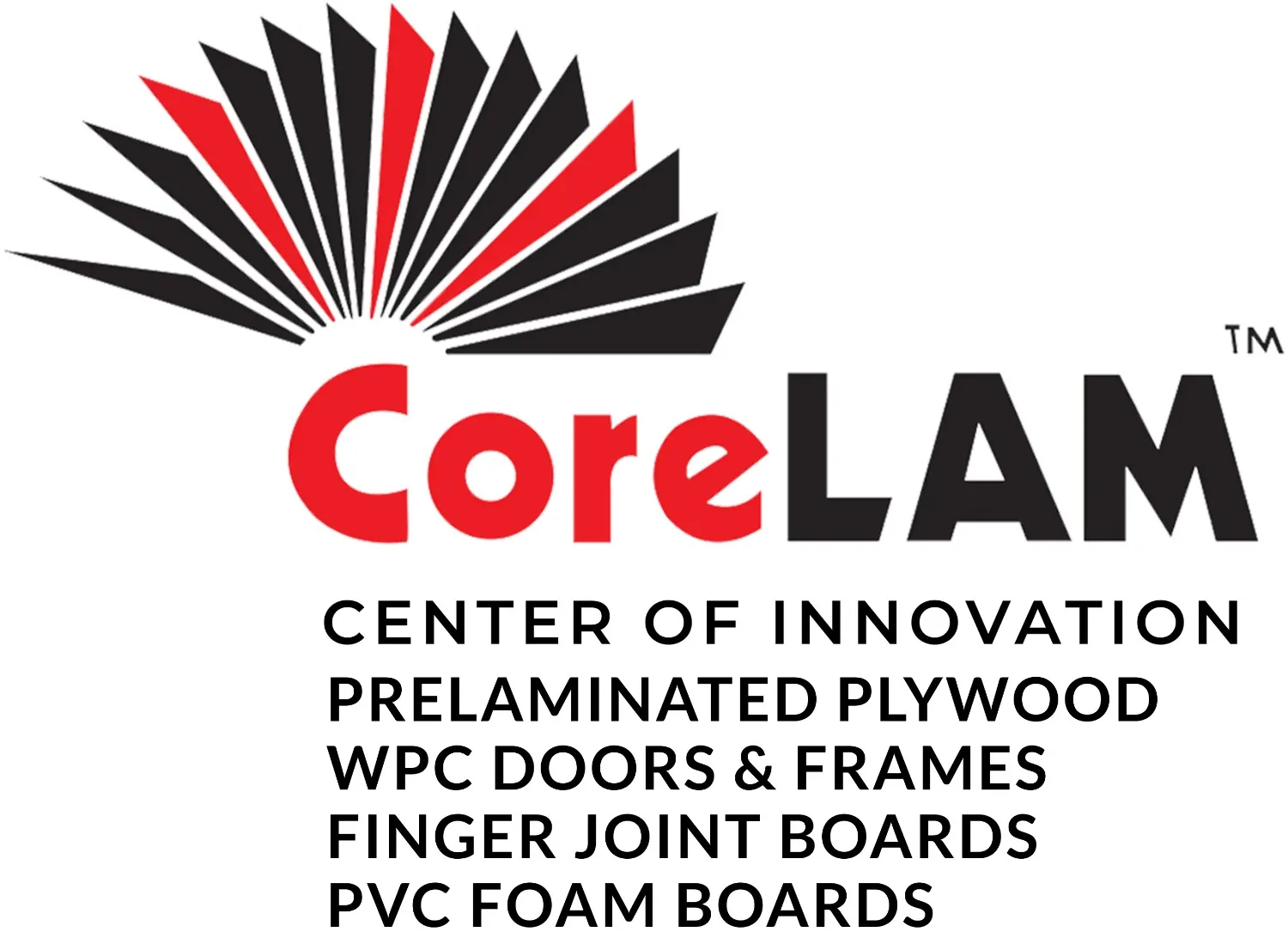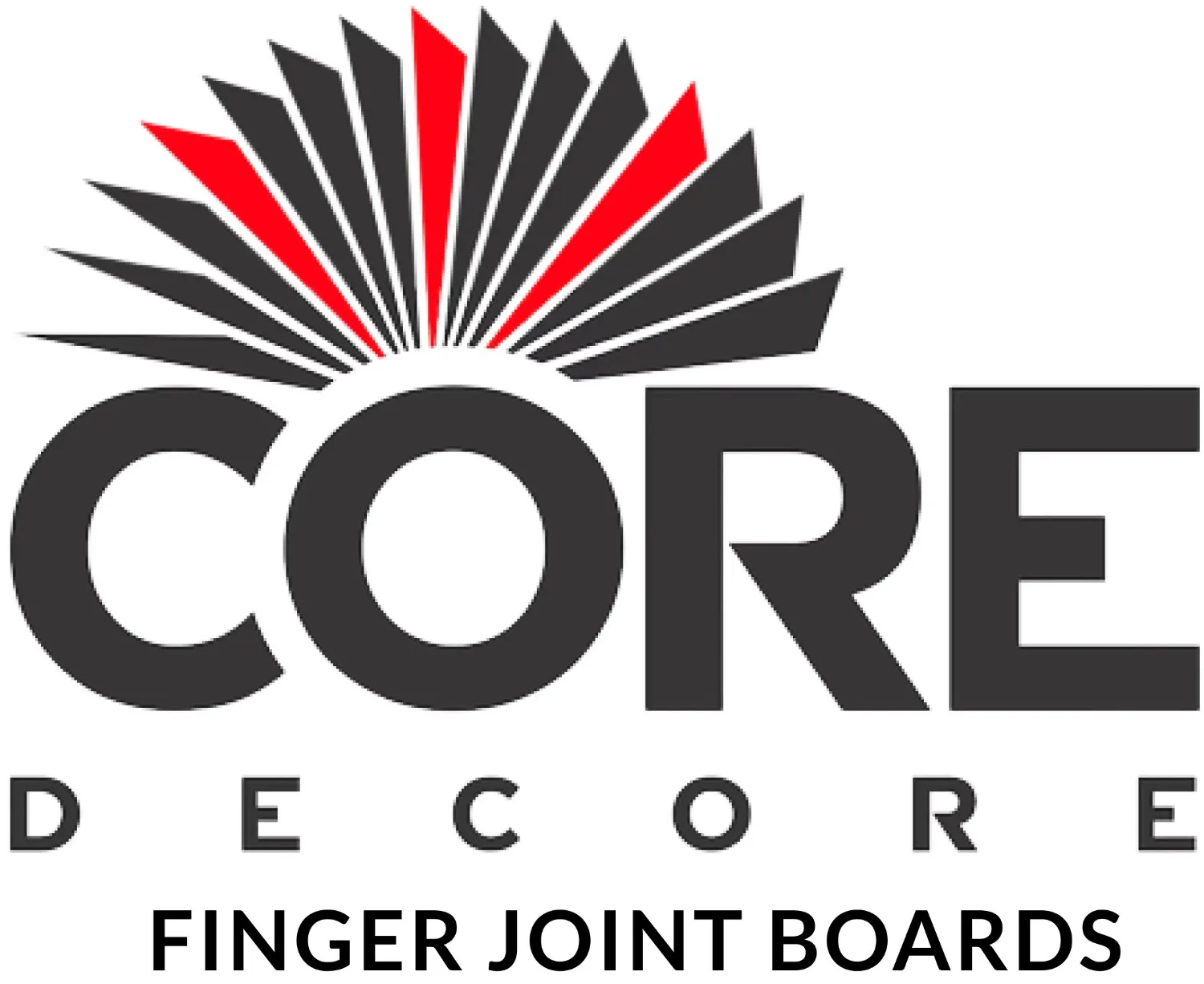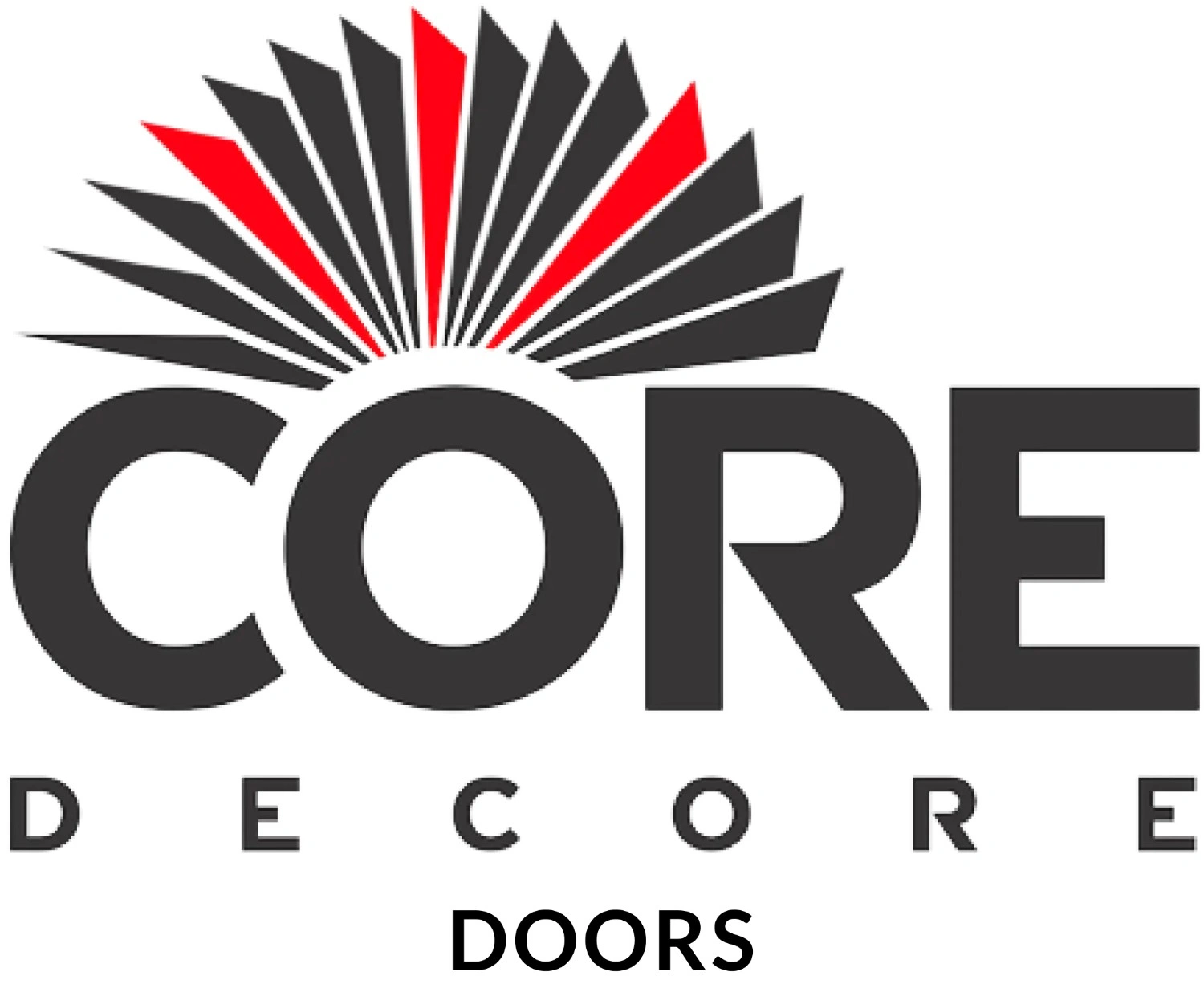PVC foam board is a foam board that is made up of PVC pellets. The thickness range of PVC Foam board varies from 6mm to 45mm. For a complete explanation refer to PVC Foam Boards
1. The characteristics of PVC Foam Board
- Lightweight/ durable
- Insulating properties/ Fire resistance
- Versatility/ smooth surface
Two questions pop into our minds after reading about the characteristics of PVC foam board in detail:
1. PVC Foam board can be bent?
Yes PVC Foam board can be bent but it requires heating to a certain temperature to make it pliable enough for bending without breaking. Once heated, it can bent into the required shape and will usually hold its new form once it cools and solidifies again.
2. How strong is PVC Foam board?
Despite being lightweight, PVC Foam boards are well-known for their strength and durability.
PVC Foam board has:
- Good tensile strength: Tensile strength refers to the maximum stress, a material can withstand when it is pulled or stretched before breaking.
- Impact resistance: The ability of a material to resist permanent deformation when an external force is applied.
- Dimensional stability: The ability of a material to resist any change in its dimensional factors such as size or shape when it is subjected to any external factors.
2. PVC Foam Board for the kitchen
- Kitchen Cabinet: The lightweight nature and resistance to moisture of PVC Foam board make it an ideal option for kitchen environments prone to spills and splashes.
- Countertop protectors: PVC Foam board can be used to protect countertops from scratches by placing them under small kitchen applications or cutting boards.
- Backsplash: PVC foam board is a cost-effective and easy-to-install option for backsplashes as they are highly durable and moisture-resistant.
- Partition walls: PVC Foam boards can be used to create temporary or semi-permanent partitions to define different areas of the kitchen spaces in case of an open-plan kitchen layout.
- Drawer Organizers: PVC Foam board can be cut into different shapes and sizes according to our preferences and requirements to create customized drawers. This feature makes it an ideal option for kitchen interior organizers.
3. PVC Foam Board for board building
He features of PVC Foam board that make it an ideal option for boat building:
- High strength-to-weight ratio: lightweight material due to high strength-to-weight ratio. This quality makes it an ideal option for boat building.
- Resistance to moisture, rot, and corrosion: These features make it an ideal option for marine environments.
- Great insulation properties: It provides Good insulation properties, helping maintain a comfortable temperature inside the boat.
- Ease-to-work: These boards are easy to work with standard cutting tools allowing for custom designs.
- Bonding tendency: PVC Foam board can be easily bonded with adhesives, creating tight and strong joints.
- Smooth Texture: The smooth surface of the PVC Foam Board is suitable for painting, and laminating enhancing the aesthetic look.
- Durability and range of sizes: The PVC Foam board is highly durable
Knot of Knowledge: How High Strength-to-weight quality is important for boat making?
The strength-to-weight ratio is crucial in shipbuilding because it determines how efficiently materials can support the structure's weight while ensuring durability and safety without adding unnecessary bulk, enabling ships to be lighter, faster, and more fuel-efficient.
4. PVC Foam Board for model-making
Now, when you're making models, you want something easy to work with, right? PVC Foam Board, it's like that. You can cut it, shape it, glue it – whatever you need for your model. Now, why do we like it so much? Well, first off, it's light. That means your model won't be too heavy. And that's important because you don't want your model to weigh a ton, right? Plus, it's strong. So, even though it's light, it can still hold up your model nicely. No worries about it falling apart. And another thing, it's smooth. Really smooth. So, when you paint it or stick things on it, everything looks neat and tidy. No rough edges or bumps messing up your model. Oh, and did I mention it's cheap? Yeah, PVC Foam Board, won't break the bank. So, there you have it. PVC Foam Board – perfect for making models. Light, strong, smooth, and easy on the pocket.
5. PVC Foam in the advertising industry: Board printing
In the advertising world, PVC foam boards are like superheroes! They're super light but super strong. You know, like those heroes who can lift heavy things but still fly like feathers! PVC foam boards are used for printing ads because they're sturdy enough to hold up big banners and signs, but they're not heavy, so they're easy to move around.
Now, let's talk about printing on these boards. Imagine you have a giant printer, and you want to print a cool ad on a PVC foam board. Well, you need to make sure the board is clean and smooth, like a fresh canvas for a painting. Then, you load it carefully into the printer, making sure it's all lined up perfectly.
Next comes the fun part – printing the ad! The printer sprays ink onto the board, creating vibrant colors and sharp images. It's like magic watching the ad come to life right before your eyes!
But wait, there's more! After the ad is printed, the board needs time to dry properly. You wouldn't want smudged ink ruining your masterpiece, right?
Once it's dry, the PVC foam board is ready to go out into the world and grab people's attention. Whether it's promoting a new product or announcing a special sale, PVC foam boards help businesses shine bright in the crowded world of advertising. And that's why they're such valuable players in the advertising industry!
Question pops up:
Can PVC be painted?
Yes, PVC can be painted! You just need to make sure it's clean and dry first. Then, use a primer made of PVC to help the paint stick better. After that, you can use any paint you like to add color and personality to your PVC projects. Just remember to let each coat dry before adding another one for the best results!
Sustainability of PVC foam board
PVC foam boards are durable and lightweight, which is great for advertising, but they're not so good for the environment. You see, PVC is made from chemicals that can harm nature when not disposed of properly. Yes, PVC foam boards can be recycled, but it's not as common or straightforward as recycling other materials like paper or plastic bottles. Recycling PVC foam boards usually involves specialized processes and facilities due to their composition. However, efforts are being made to develop more efficient recycling methods for PVC foam boards to reduce waste and environmental impact.
6. Battlefield
1. Battle flow between PVC Foam board vs plywood?
- Weight: PVC foam boards are lighter than plywood. It's like comparing a feather to a brick! This makes PVC foam boards easier to handle and transport, which can save time and effort during construction or when moving materials around.
- Durability: Strength and durability are plywood’s core qualities. It's like having a tough shield in a battle! While PVC foam boards are strong too, they might not hold up as well in certain conditions, especially when exposed to extreme weather or heavy loads. So, plywood has the upper hand in durability.
- Water Resistance: PVC foam boards have a natural resistance to water, like a raincoat keeping you dry in heavy rain! This makes them ideal for outdoor use or in damp environments where plywood might warp or rot over time if not properly treated.
Score Card:
- Round 1: PVC Foam board knocks down plywood with its lightweight and water-resistant.
- Round 2: Plywood knocks down PVC Foam board with its strength and durability.
- Round 3: Place to buy both: Chopra Group
2. Battle between PVC Foam board vs WPC
- Strength and Durability: PVC foam boards are lightweight and strong, but they can be prone to scratching and damage. On the other hand, WPC boards are a blend of wood fibers and plastic, making them more resistant to scratches and dents. So, in terms of durability, WPC might have a slight edge.
- Water Resistance: PVC foam boards are waterproof, which is great for outdoor applications where they might be exposed to rain or moisture. However, WPC boards also have decent water resistance due to the plastic component, making them suitable for outdoor use as well.
- Environmental Impact: PVC foam boards are made from chemicals that can be harmful to the environment, especially during production and disposal. On the contrary, WPC boards utilize recycled wood fibers and plastic, which can be more eco-friendly. So, in terms of environmental impact, WPC boards might be considered more sustainable.
Score Card
- Round 1: PVC Foam board knocks down WPC boards with strength and water resistance.
- Round 2: WPC boards knock down with better durability and potentially lower environmental impact.
- Round 3: Find a place to buy both according to our preferences, Chopra groups
